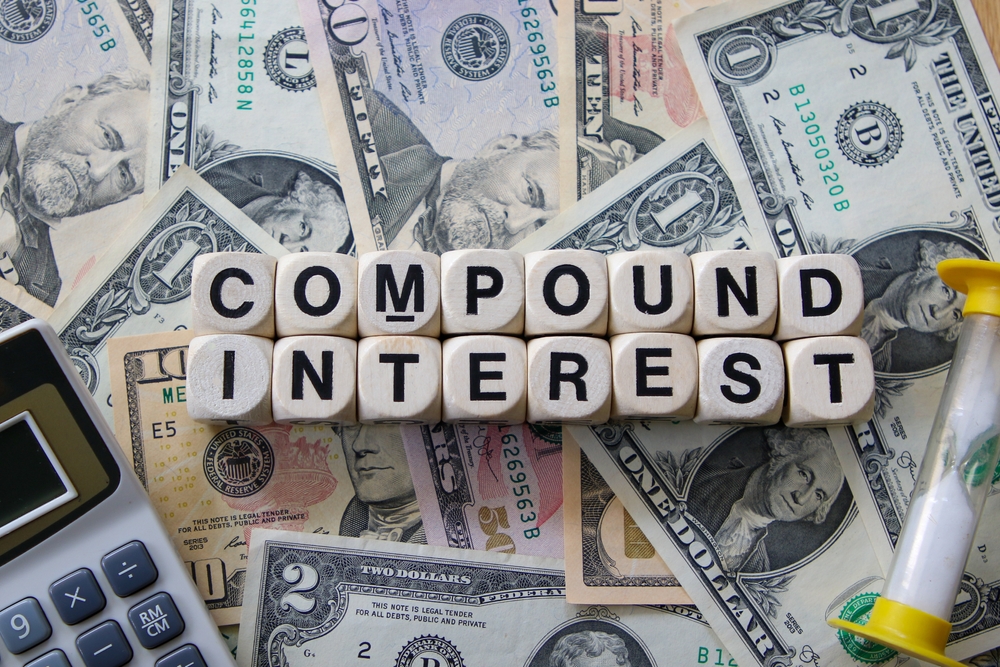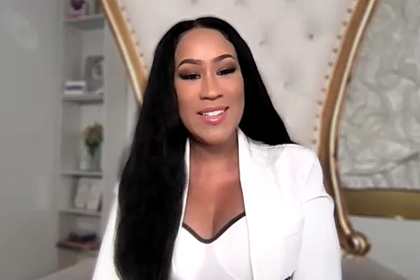Albert Einstein supposedly called compound interest the eighth wonder of the world, and once you understand how it works, you’ll see why. This isn’t just feel-good financial advice — it’s the mathematical foundation that can turn modest investments into serious wealth over time.
The beauty of compound interest isn’t just that your money grows. It’s that your money grows on the money that’s already grown, creating a snowball effect that can transform your financial future.
What compound interest actually means
Compound interest means you earn returns not just on your original investment, but on all the returns that investment has already generated. It’s like planting a tree that grows fruit, then planting more trees with those fruit, and so on.
Simple interest would give you the same return each year based only on your original investment. Compound interest gives you returns on your returns, which means your money grows faster and faster over time.
For example, if you invest $1,000 at 7% annual return, simple interest would give you $70 each year forever. Compound interest gives you $70 the first year, then $74.90 the second year because you’re earning 7% on $1,070, not just the original $1,000.
Time is your most powerful investment tool
The most important factor in compound interest isn’t how much money you start with — it’s how much time you give your money to grow. Starting early, even with small amounts, beats starting late with large amounts.
A 25-year-old who invests $200 monthly until age 65 at 7% annual return will have about $525,000. A 35-year-old who invests $400 monthly until age 65 at the same rate will have about $525,000 too. The early starter invested half as much but got the same result.
This is why financial advisors always say to start investing as early as possible. Every year you wait costs you exponentially more than the year before because you’re losing compound growth time.
The magic of reinvesting your returns
Compound interest only works if you reinvest your returns instead of spending them. This means dividends, interest payments, and capital gains all get reinvested to generate more returns.
Many people make the mistake of taking investment returns as spending money, which kills the compound effect. Your returns need to stay invested to generate their own returns, creating the exponential growth that makes compound interest so powerful.
Automatic reinvestment through dividend reinvestment programs or index funds makes this process effortless. You don’t have to think about it — your returns automatically get reinvested to compound your wealth.
Why starting with less beats waiting for more
People often think they need to wait until they have a large sum to start investing. This is exactly backwards. Starting with $50 monthly today is better than waiting five years to start with $500 monthly.
The reason is time. Those early years of compound growth are the most valuable because they have the longest time to multiply. Every dollar you invest early will be worth more than dollars you invest later, even if you invest more later.
Don’t let perfect be the enemy of good. Start with whatever you can afford now, even if it’s just $25 monthly. You can always increase your contributions later, but you can never get back the compound growth you miss by waiting.
Real numbers that show the power
Here’s what $300 monthly invested at 7% annual return looks like over time: after 10 years, you’d have about $52,000. After 20 years, about $147,000. After 30 years, about $340,000. After 40 years, about $719,000.
Notice how the growth accelerates dramatically in later years. That’s compound interest at work — your money makes money, which makes more money, creating exponential rather than linear growth.
The difference between 30 and 40 years of investing is $379,000, which is more than the total amount you’d have after 30 years. That’s the power of giving compound interest more time to work.
Where compound interest works best
Stock market index funds historically provide the best compound growth over long periods. The S&P 500 has averaged about 10% annual returns over the past 90 years, though individual years vary widely.
High-yield savings accounts and CDs offer compound interest too, but at much lower rates that barely keep up with inflation. For true wealth building, you need investments that can generate real returns above inflation.
401(k) plans, IRAs, and other retirement accounts are perfect vehicles for compound interest because they’re designed for long-term growth and often include tax advantages that amplify your returns.
Making compound interest work for you
Start investing today, even if it’s just a small amount. Choose investments that reinvest returns automatically. Focus on low-cost index funds that track the overall market rather than trying to pick individual stocks.
Increase your contributions whenever possible, but don’t let the perfect contribution amount stop you from starting. The most important step is beginning the compound interest process as early as possible.
Remember that compound interest requires patience. The biggest growth happens in the later years, which means you need to stay invested through market ups and downs to capture the full benefit of compound growth.















